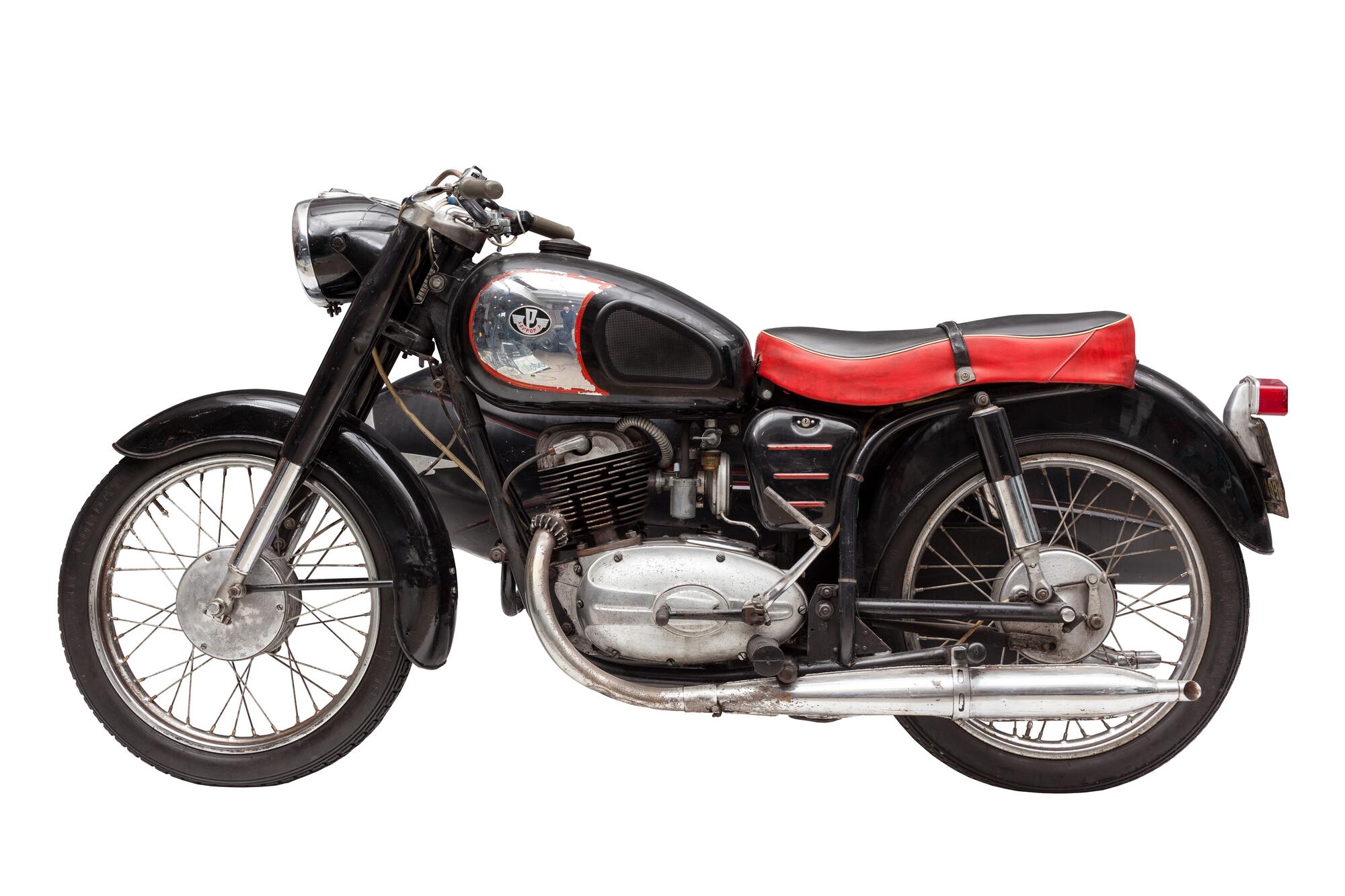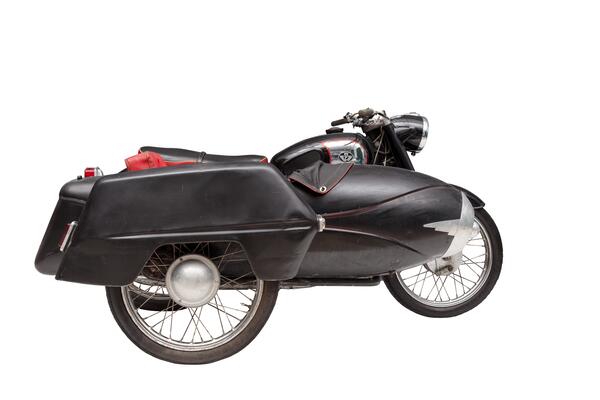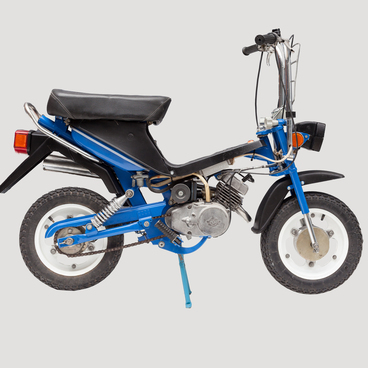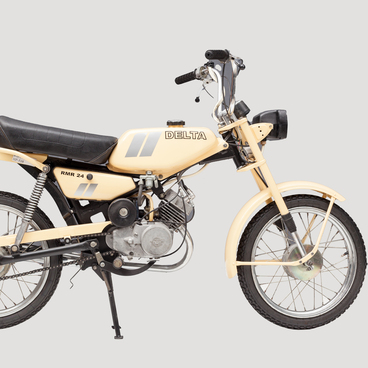The Csepel Automobile Factory, named after the neighborhood of Budapest, started assembling motorcycles in 1949 by copying the German model DKW RT 125. Initially, the motorcycles were produced under the Csepel brand. However, in 1954, the factory developed a new model with an engine capacity of 250 cc. Since 1956, the motorcycle was produced under the Pannonia brand and was officially named the Pannonia TL-250.
The Hungarian factory continued manufacturing various versions of this model until 1975. The Pannonia TL-250 was actively exported both to capitalist countries and the Socialist bloc. In total, around 287,000 motorcycles of this model were sent to the Soviet Union.
The first model was very soon modified by Hungarian designers. In 1956, the new TLT series was launched, and in 1958 — the TLF series. The TLT model marked the beginning of exporting Pannonia motorcycles to the Soviet Union that became the chief buyer of these vehicles outside Hungary.
The TLF series also had the TLB modification with two detached seats and the TLD version with an ignition system powered by a 60 W generator. The TLS 250 had an uprated engine, and the TLL 250 De Luxe was promoted as a top-class model.
The Pannonia T5 represented the development of the series and was first produced in 1964. The museum houses this model of the 1969 version that was imported into the Soviet Union among 21,701 motorcycles, according to the information guide titled “Foreign Trade of the Soviet Union”.
The Hungarian Pannonia T5 was equipped with a four-speed manual transmission. With a weight of 146 kg, the motorcycle had a fuel consumption of 6 liters per 100 km and could reach a maximum speed of 125 km/h. The fuel tank of this model had a capacity of 18 liters.
The T5 ensured a soft ride, was easy to start and had good cross-country ability. However, there were also some drawbacks: the ignition system was imperfect and would sometimes malfunction. The motorcycle was offered in various colors, including dark blue, yellow, red, cherry, and black.
The Hungarian factory continued manufacturing various versions of this model until 1975. The Pannonia TL-250 was actively exported both to capitalist countries and the Socialist bloc. In total, around 287,000 motorcycles of this model were sent to the Soviet Union.
The first model was very soon modified by Hungarian designers. In 1956, the new TLT series was launched, and in 1958 — the TLF series. The TLT model marked the beginning of exporting Pannonia motorcycles to the Soviet Union that became the chief buyer of these vehicles outside Hungary.
The TLF series also had the TLB modification with two detached seats and the TLD version with an ignition system powered by a 60 W generator. The TLS 250 had an uprated engine, and the TLL 250 De Luxe was promoted as a top-class model.
The Pannonia T5 represented the development of the series and was first produced in 1964. The museum houses this model of the 1969 version that was imported into the Soviet Union among 21,701 motorcycles, according to the information guide titled “Foreign Trade of the Soviet Union”.
The Hungarian Pannonia T5 was equipped with a four-speed manual transmission. With a weight of 146 kg, the motorcycle had a fuel consumption of 6 liters per 100 km and could reach a maximum speed of 125 km/h. The fuel tank of this model had a capacity of 18 liters.
The T5 ensured a soft ride, was easy to start and had good cross-country ability. However, there were also some drawbacks: the ignition system was imperfect and would sometimes malfunction. The motorcycle was offered in various colors, including dark blue, yellow, red, cherry, and black.




